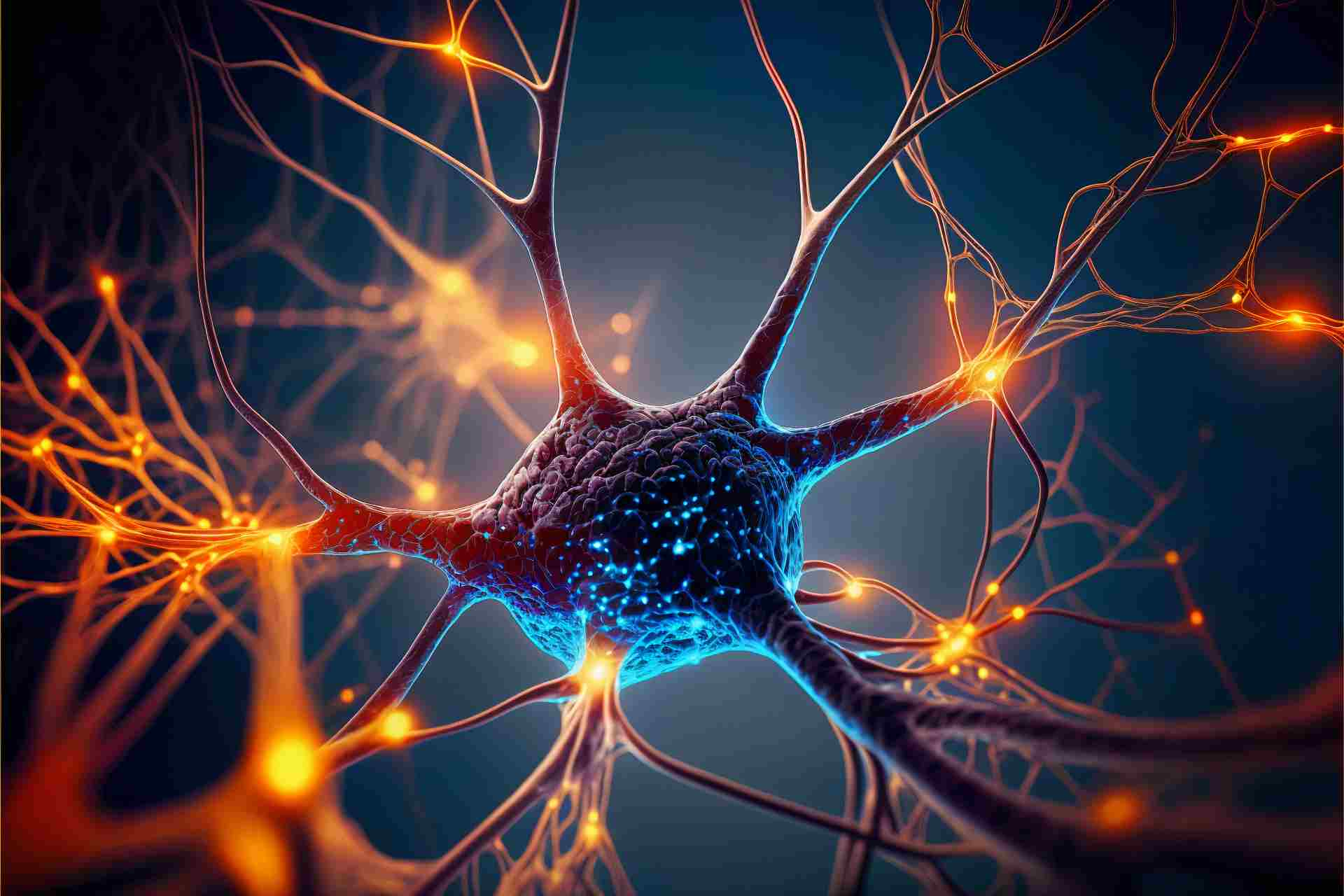What is already known
Upon infection or injury, re-innervation of tissues is particularly important to restore sensory ability and promote wound healing. Whether adaptive immunity to the microbiota contributes to nerve regeneration is unclear.
What this research adds
To investigate if the microbiota could boost tissue protection, researchers studied mice colonized with Staphylococcus aureus — a bacterium that can exist as commensal for decades before behaving as a pathogen. The team found that tissue-resident immune cells elicited by S. aureus can promote neuronal repair after injury. An immune molecule called interleukin 17A was upregulated in injured neurons and promoted nerve regeneration.
Conclusions
The results suggest that the microbiota can promote neuronal repair after tissue damage. The findings may also lead to therapeutic approaches to help sensory recovery after injury.
When our body is injured, it has to restore all tissues, including peripheral nerves. New research done in mice shows that tissue-resident immune cells elicited by a commensal microbe can trigger neuronal repair upon injury.
The results, published in Cell, suggest that the microbiota can promote neuronal repair after tissue damage. The findings may also lead to therapeutic approaches to help sensory recovery after injury.
Re-innervation of tissues is particularly important upon injury or infection in order to restore sensory ability and promote wound healing. However, whether adaptive immunity to the microbiota contributes to nerve regeneration is unclear.
To investigate if the microbiota could boost tissue protection, researchers led by Yasmine Belkaid at the US National Institutes of Health studied mice colonized with Staphylococcus aureus — a bacterium that can exist as commensal for decades before behaving as a pathogen.
Stimulating immunity
S. aureus colonized the mice’s skin for weeks with no signs of inflammation. But when the microbe was injected inside the skin, it led to tissue damage, inflammation and increased immune responses, the researchers found.
S. aureus colonization induced a type of immune cells called T helper 17 cells, or Th17 — a subset of T cells that produce an inflammatory molecule known as interleukin 17 (IL-17). Th17 cells isolated from the skin of mice colonized with S. aureus expressed higher levels of genes related to neuronal regeneration, the researchers found.
What’s more, S. aureus colonization promoted the accumulation of Th17 cells that co-localized with sensory neurons within the skin.
Sensory recovery
Further experiments indicated that Th17 cells elicited by S. aureus promoted local nerve regeneration. IL-17A was upregulated in injured neurons, and it promoted the expression of genes implicated in multiple regeneration processes, including neuronal development and migration.
IL-17A also promoted the expression of genes implicated in wound healing and differentiation of skin cells. “IL-17A can directly signal to sensory neurons and induce a transcriptomic program related to neuronal and epithelial repair,” the researchers say. Investigating how the microbiota influences immunity and regeneration may provide new therapeutic targets for restoring tissue function upon injury, they add.
“Our finding that upregulation of the IL-17A/IL-17RA axis represents a conserved response in injured neurons opens the door to therapeutic approaches to potentiate sensory recovery after injury or to limit neuropathies in the context of diabetes and chemotherapy.”









